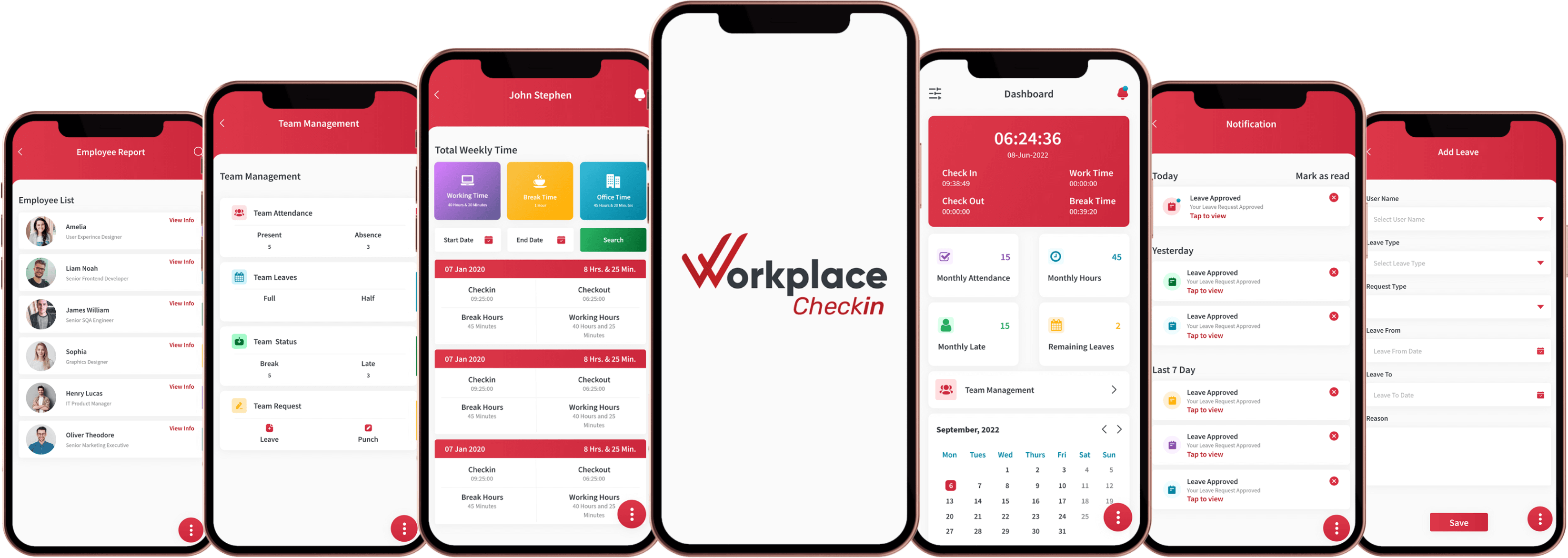

The Art of Remote Team Building: Tips and Strategies for Building a Cohesive Remote Team
In 2021, Pakistan's work culture underwent a huge paradigm change.
A one-of-a-kind concept spread globally and swept across all continents and cultures. A phenomenon that first seemed very strange but later proved its efficiency in various case studies. The phenomenon of "Remote Work".
Started during COVID times, when everyone had to stay at home to prevent the spread of a global pandemic. Remote work introduced the concept of working from home. This meant all the collaboration had to be done remotely while using modern technology to reduce physical distance.
The remote work model, which first started as a survival mechanism, quickly turned into something much more and made previous work models obsolete. Now, 2 years later, remote work has become not just a norm but an essential one for countless businesses.
While remote work offers flexibility and convenience, it also presents its unique challenges. When it comes to building a cohesive team, physical distance may hinder the fostering of meaningful connections. But fear not because, with the right strategies and tools, remote teams build a strong and vibrant work culture that thrives on human connection.
In this blog, we will explore the art of remote team building and provide valuable tips and strategies to help your team thrive in a virtual environment.
Clear Communication
Effective communication is the cornerstone of any successful team, and it's even more critical in a remote setting. To build a cohesive remote team, prioritize clear and transparent communication.
Use the Right Tools:
Invest in communication and collaboration tools like Slack, Microsoft Teams, or Zoom to facilitate real-time discussions, video conferences, and file sharing. Ensure that all team members are proficient in using these tools.

Establish Communication Norms:
Set clear guidelines for communication. Define when and how team members should check in, respond to emails, and hold virtual meetings. Make sure everyone is on the same page regarding communication expectations.
Foster Openness:
Encourage team members to express themselves openly. Create a safe space where ideas, concerns, and feedback can be shared without fear of judgment. Regularly solicit input from your team to keep communication channels open.
Build Trust
Trust is the foundation of strong team dynamics. In remote teams, trust can be more challenging to establish and maintain, but it's essential for cohesion.
Set Clear Expectations:
Ensure that team members understand their roles, responsibilities, and goals. When everyone knows what's expected of them, trust naturally grows.
Accountability:
Hold team members accountable for their work and deadlines. Trust is built when team members consistently meet their commitments.
Encourage Bonding:
Create opportunities for team members to get to know each other on a personal level. Virtual coffee breaks, team-building activities, and non-work-related discussions help build trust and rapport.
Foster Team Building
Team building is a crucial driver of team success, and it's equally important in remote teams. Here's how you can foster collaboration:
Project Management Tools:
Utilize project management tools like Trello, Asana, or Jira to keep track of tasks and projects. These tools allow for transparency in project progress and collaboration.
Regular Check-Ins:
Use Human Resource Management System (HRMS) tools for a centralized hub. It serves as an all-in-one platform where employees can connect, brainstorm, and collaborate on projects seamlessly. Schedule regular team meetings and one-on-one check-ins to discuss progress, challenges, and goals. This helps team members stay aligned and informed.
Cross-Functional Collaboration:
Encourage collaboration across different functions or departments. Cross-functional projects can help team members learn from each other and build stronger connections.
By harnessing the power of digital tools and incorporating engaging virtual team-building activities, companies can bridge the geographical gaps that separate their team members.
Recognize Achievements
Remote team members may receive a different level of recognition and feedback than those working in a traditional office. To keep morale high and team members motivated, acknowledge and celebrate their achievements.
Regular Feedback:
Provide constructive feedback and recognition for a job well done. Be specific in your praise, highlighting individual and team accomplishments. Offering real-time feedback and acknowledging achievements – all of which contribute to a profound sense of belonging within the team.
Virtual Celebrations:
Organize virtual celebrations or appreciation events to mark milestones, birthdays, or achievements. These moments of connection can go a long way in building team spirit.
Invest in Professional Development
Encourage continuous learning and growth within your remote team. Investing in professional development not only improves individual skills but also strengthens the team as a whole.
Training and Workshops:
Offer opportunities for team members to attend online training sessions and workshops. This not only enhances their skills but also promotes a culture of learning.
Mentorship:
Establish mentorship programs within your remote team, where experienced team members can guide and support newer members.
Promote work-life Balance:
The promotion of work-life balance is paramount for maintaining a positive remote work culture. Encouraging employees to establish harmony between their personal and professional lives is essential to prevent burnout.
Set Clear Boundaries:
Encourage your remote team members to establish clear boundaries between work and personal life. Define specific work hours and stick to them as closely as possible. When the workday ends, ensure that work-related notifications are turned off.
Encourage Breaks:
Remind team members to take regular breaks during the workday. Short breaks for stretching, meditation, or a walk can refresh the mind and increase productivity.
Flexibility:
Embrace the flexibility that remote work offers. Allow team members to adjust their schedules to accommodate personal responsibilities, such as childcare or doctor's appointments.

Lead by Example:
Managers and team leaders should lead by example when it comes to work-life balance. If leaders prioritize their own well-being and set clear boundaries, it sends a positive message to the entire team.
Vacation and Time Off:
Encourage team members to take their allotted vacation and time off. Avoid sending work-related messages or assigning tasks during their time off, respecting their heir need for relaxation and personal time.
In conclusion, companies can bridge the geographical gaps and build a thriving remote work culture. Use savvy technology and clear communication for a thriving team in the virtual world. Follow these tips and strategies to create a remote team that is productive, connected, and motivated to achieve common goals.






